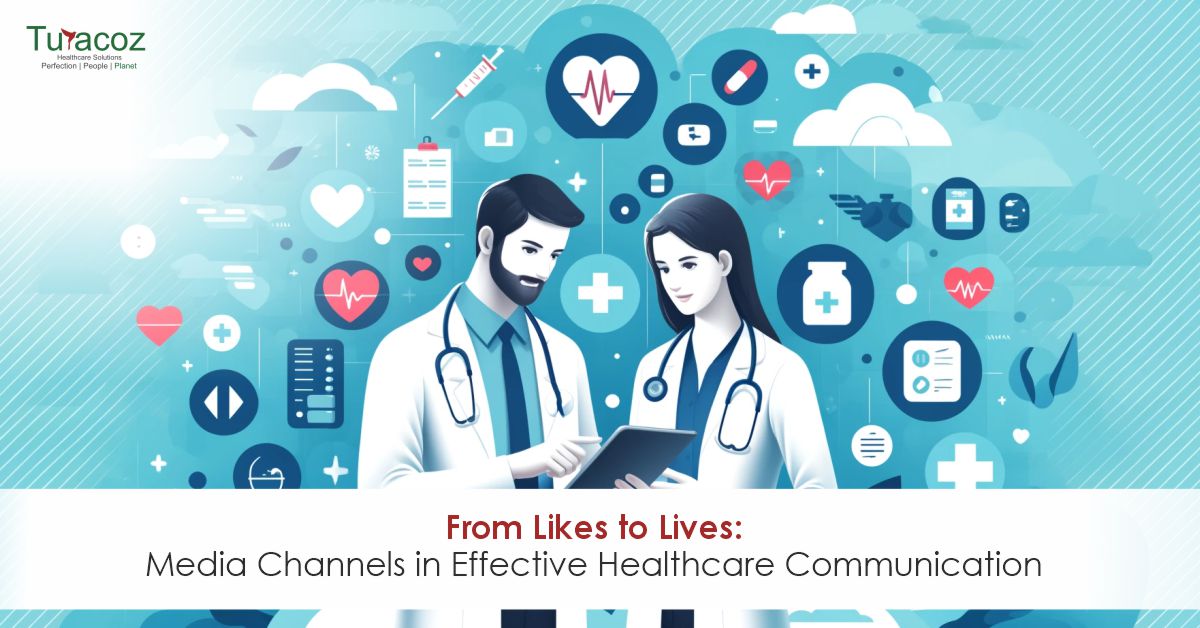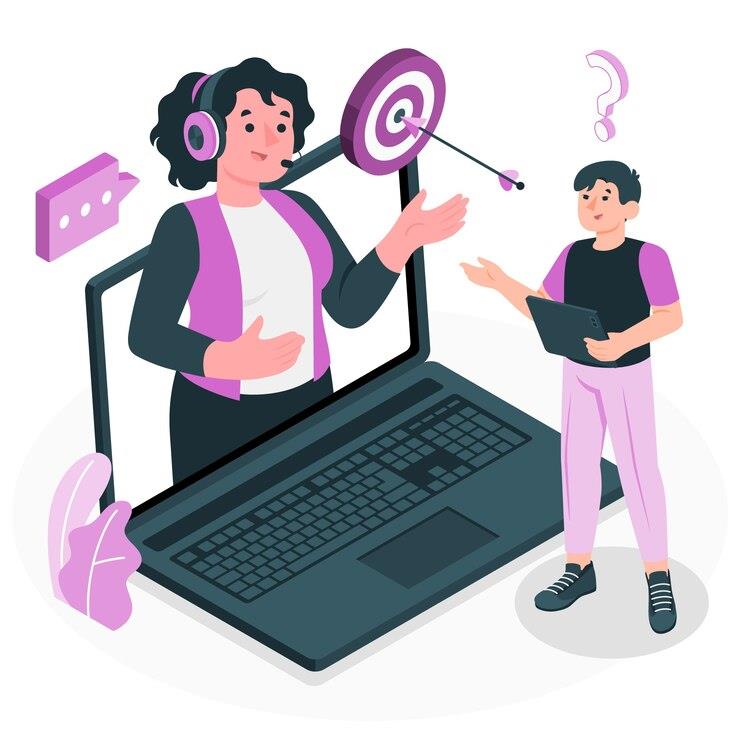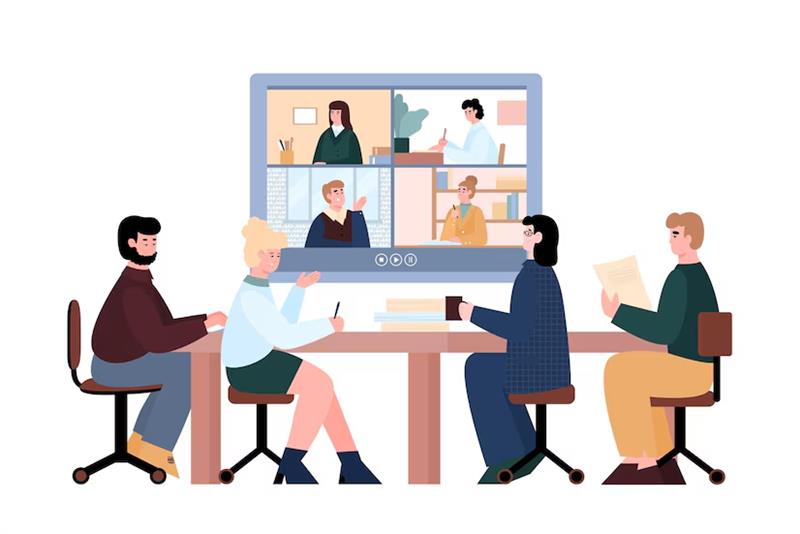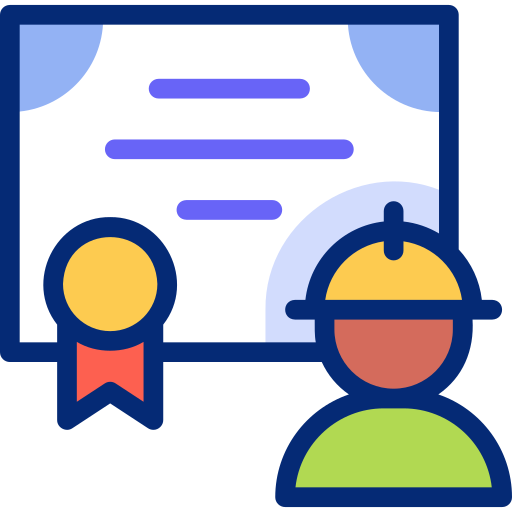In health and medical communication, understanding how to leverage media channels (earned, owned, and social) effectively can significantly enhance a brand’s visibility and credibility. As a medical writing agency, mastering these channels is essential for ensuring that the information shared is accurate, reliable, and engaging. Here, we delve into strategies that can help medical writers and healthcare marketers succeed across these diverse platforms.
Understanding Different Media Channels
Earned Media: This refers to publicity gained through promotional efforts other than paid advertising, such as media coverage, reviews, mentions, shares, or any content picked up by third-party outlets. For a medical writing agency, earned media is a testament to the credibility and trustworthiness of the content produced. It’s obtained by pitching compelling stories to journalists and influencers in the healthcare space, who then share these stories with their audience.
Owned Media: These are the channels that a company controls, such as websites, blogs, newsletters, and other content hubs. In the context of a medical writing agency, owned media allows for complete control over the message and presentation. This is the foundation where deep, valuable, and targeted content is published to educate, inform, and engage the target audience.
Social Media: This refers to platforms like Twitter, Facebook, LinkedIn, and Instagram that offer powerful tools for real-time audience engagement, where users can create and share content. For health and medical communication, social media can disseminate timely public health information, share new research findings, and combat misinformation by providing scientifically accurate content in an accessible format.
Strategies for Engagement and Influence
Leveraging Earned Media in Healthcare Communication
Earned media holds significant potential for healthcare communication. Positive news coverage, testimonials, and influencer endorsements can amplify healthcare messages and reach broader audiences. By fostering relationships with journalists and thought leaders, healthcare organizations can increase their visibility and credibility.
Harnessing Owned Media for Healthcare Communication
Owned media platforms serve as valuable resources for healthcare organizations to share relevant information, engage with audiences, and establish thought leadership. Websites, blogs, and newsletters allow organizations to control the narrative and tailor content to specific audience needs. By maintaining regularly updated and informative owned media channels, healthcare organizations can foster trust and loyalty among their audience.
The Power of Social Media in Healthcare Communication
Social media platforms have transformed healthcare communication by enabling direct interaction between organizations and audiences. From patient education and support groups to health campaigns and advocacy efforts, social media offers a dynamic platform for disseminating information and fostering community engagement. Healthcare organizations can leverage social media analytics and insights to tailor content and reach target demographics effectively.
Click Here:- From Lab to Market: Navigating the Path of Drug Discovery and Clinical Trials
Best Practices for Effective Communication
- Tailor Your Message: Each media channel requires a different approach. For earned media, it’s crucial to understand the needs and interests of the outlet’s audience. Owned media content should be comprehensive and SEO-friendly to attract and retain readership. Social media messages must be engaging, shareable, and optimized for each platform’s unique format and audience.
- Focus on Credibility and Accuracy: In health and medicine, accuracy is non-negotiable. A medical writing agency must ensure that all information is fact-checked and sourced from reputable medical journals or experts. This builds trust and positions the agency as a thought leader in the medical community.
- Engage with the Audience: Use social media to create a dialogue. Ask questions, respond to comments, and participate in discussions. This engagement humanizes the brand, helps gauge public sentiment, and gathers feedback that can inform future content.
- Monitor Trends and Feedback: Monitoring the latest developments in medical research and public health issues can help create timely and relevant content. Additionally, monitoring feedback across all forms of media can provide insights into audience needs and content effectiveness, guiding strategy adjustments.
- Leverage Visuals and Multimedia: Especially in social media, visuals are crucial. Infographics, videos, and other multimedia elements can help simplify complex medical information, making it more accessible and engaging to a broader audience.
Ethical Considerations
Ethics plays a crucial role in health and medical communications. When dealing with sensitive health information, it is essential to maintain high standards of transparency and integrity Consent and confidentiality must be respected, ensuring patient information is protected and used responsibly. Ethical communication also involves countering misinformation by providing accurate, evidence-based information and correcting errors publicly when they occur. This fosters trust and credibility among audiences and upholds the reputation of the medical institution or brand.
Challenges and Solutions
Communicating complex medical information can be fraught with challenges. One major issue is the prevalence of misinformation, which can quickly spread through social media and other channels. To effectively communicate medical information, it is essential to create and disseminate clear and accessible content. The use of complex medical terminology can make non-specialist audiences feel excluded. Simplifying language without losing the accuracy of information requires skill and careful consideration. Regulatory challenges also demand attention, as compliance with healthcare laws and guidelines is critical. Solutions include continuous professional development in medical communication skills, using plain language tools, and engaging with legal experts to navigate regulatory landscapes effectively.
Technology and Innovation
The rapid advancement of technology offers exciting opportunities to enhance health communication. Artificial intelligence (AI) can personalize content delivery, tailoring information to individual needs and improving user engagement. Virtual reality (VR) and augmented reality (AR) provide immersive experiences that can be particularly effective in educational contexts, making complex medical procedures understandable for patients and medical trainees. Mobile health apps facilitate real-time health monitoring and communication, extending the reach and impact of health messages. Leveraging these technologies requires staying current with trends and continuously evaluating the effectiveness of new tools in practice.
Measurement and Analytics
Robust measurement and analytics are indispensable for evaluating the effectiveness of health and medical communication strategies. Key performance indicators (KPIs) should include engagement rates (likes, shares, comments), website traffic, and conversion rates (such as newsletter sign-ups or information requests). More sophisticated metrics like sentiment analysis and social listening can provide deeper insights into how health messages are perceived and their impact on audience behavior. Regularly reviewing these metrics helps refine strategies, ensuring they remain effective and responsive to audience needs.
Future Trends
The future of health communication is likely to be shaped by ongoing technological innovations and evolving audience expectations. Personalization will become increasingly important, with AI-driven analytics predicting individual health needs and tailoring messages accordingly. Social media platforms will evolve, offering new ways to engage with audiences through interactive and multimedia content. Additionally, as consumer health technologies such as wearable devices become more prevalent, integrating these data sources with communication strategies will offer new avenues for delivering personalized health advice and monitoring patient outcomes.
Conclusion
Medical writers are pivotal in shaping how health and medical information is communicated across earned, owned, and social media. By adhering to best practices such as tailoring content to the medium, maintaining high standards of accuracy, and engaging actively with the audience, writers can effectively influence public understanding and behaviors regarding health. This builds a reputable brand and also contributes significantly to public health literacy, a cornerstone for any society striving for optimum health outcomes.
For those interested in taking their first steps into medical communications or enhancing their expertise to meet the challenges of omnichannel communication in healthcare, we invite you to explore the opportunities available through our training programs. Contact us at [email protected] to learn how you can join the ranks of medical writers making a significant impact in healthcare communication. Together, let’s shape a future where accurate, accessible, and actionable health information reaches every corner of the globe, empowering individuals and transforming healthcare outcomes.







































